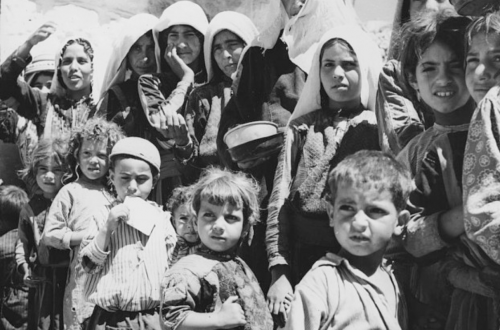This is a guest post by LibertyPhile
A very large old map showing the way the British and French carved up the Middle East in 1916, accompanied by a large portrait of Mark Sykes, co-author of the notorious Sykes-Picot agreement, dominates and introduces a recent article on the BBC website.
This article, “Why border lines drawn with a ruler in WW1 still rock the Middle East”, summarises the views of Tarek Osman the presenter of four Radio 4 programmes on “The Making of the Modern Arab World”.
Osman explains:
The map that the two men drew divided the land that had been under Ottoman rule since the early 16th Century into new countries – and relegated these political entities to two spheres of influence: Iraq, Transjordan, and Palestine under British influence and Syria and Lebanon under French influence
But it didn’t work out very well.
… there were three problems with the geo-political order that emerged from the Sykes-Picot agreement. First, it was secret without any Arabic knowledge, and it negated the main promise that Britain had made to the Arabs in the 1910s – that if they rebelled against the Ottomans, the fall of that empire would bring them independence.
This promise must be a (rather strange) way of referring to the 1915 McMahon-Hussein correspondence. McMahon made it clear that the implementation of Britain’s promise depended on its ally, France, having its interests met – and at that stage these interests were not known.
And what was the contribution of the Arab revolt? Hussein and his sons, who were already at odds with the Turks, raised a guerrilla force that harassed Turkish communications. The great bulk of Arabs remained loyal to the Sultan and fought in the Turkish armies.
The second problem concerns the way the lines were drawn, especially a tendency to draw straight lines.
Sykes-Picot intended to divide the Levant on a sectarian basis: Lebanon was envisioned as a haven for Christians (especially Maronites) and Druze; Palestine with a sizable Jewish community; the Bekaa valley, on the border between the two countries, effectively left to Shia Muslims; Syria with the region’s largest sectarian demographic, Sunni Muslims. Geography helped.
For the period from the end of the Crusades up until the arrival of the European powers in the 19th Century, and despite the region’s vibrant trading culture, the different sects effectively lived separately from each other.
But the thinking behind Sykes-Picot did not translate into practice. That meant the newly created borders did not correspond to the actual sectarian, tribal, or ethnic distinctions on the ground.
This is very vague. Osman seems to be saying the French and British had the right idea, “divide the Levant on a sectarian basis“, and even geography helped, but they failed in the exact way they did it. It would be interesting to know where he thinks they went wrong, where exactly the lines should have been drawn.
Also interesting would be a comparison between the Franco-British divisions and the way the Turks organised things. If you look at old maps of Vilayets (Provinces) of the Ottoman Empire you do find some correspondence. You wonder what the French and British might have done differently. And they took over areas where the foundations and apparatus of self-government had not exactly been encouraged by the Turks.
In fact Sykes’s notorious straight line from the “e” in Acre to the last “k” in Kirkuk, dividing French influenced areas from British ones, makes a lot of sense, even though it was highlighted and derided in the BBC article. It separated a lot of empty space from a lot of empty space.
And, according to Osman the third problem is:
….. the state system that was created after the World War One has exacerbated the Arabs’ failure to address the crucial dilemma they have faced over the past century and half – the identity struggle between, on one hand nationalism and secularism, and on the other, Islamism …..
…. for the past four decades, the Arab world has lacked any national project or serious attempt at confronting the contradictions in its social fabric
…. At core, the wave of Arab uprisings that commenced in 2011 is this generation’s attempt at changing the consequences of the state order that began in the aftermath of World War One.
Yes, I think what is going on in the Middle East might be something to do with “the contradictions in its social fabric” and it goes back closer to 60 years – since the countries concerned had true independence. And there is a struggle “between, on one hand nationalism and secularism, and on the other, Islamism”.
But it is complete rubbish to claim that the Arab uprisings that commenced in 2011 had anything to do with Mark Sykes’ and François Picot’s map drawing nearly 100 years ago. It makes more sense to blame the Ottomans for the way they ran their empire for hundreds of years and the misuse of 60 years of Arab independence than 25 years of French and British influence!

